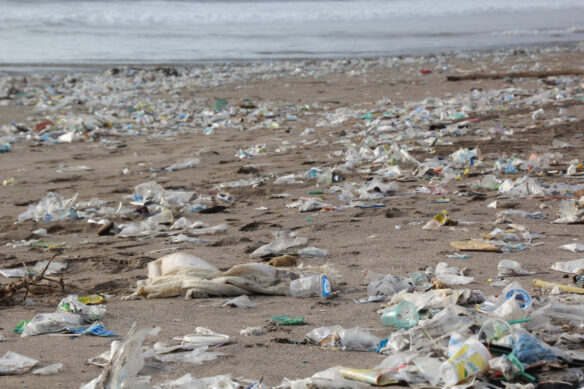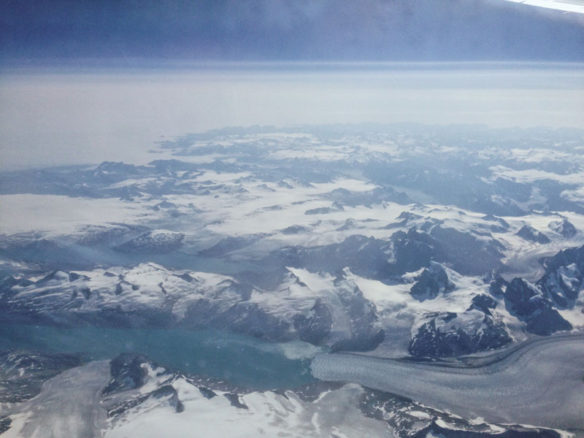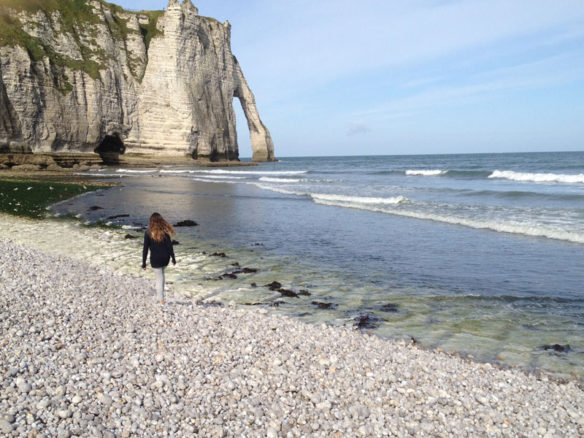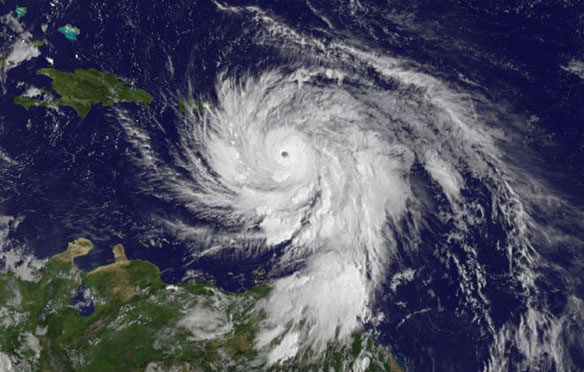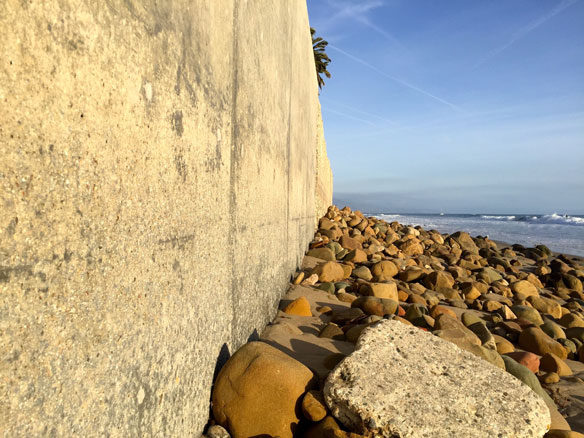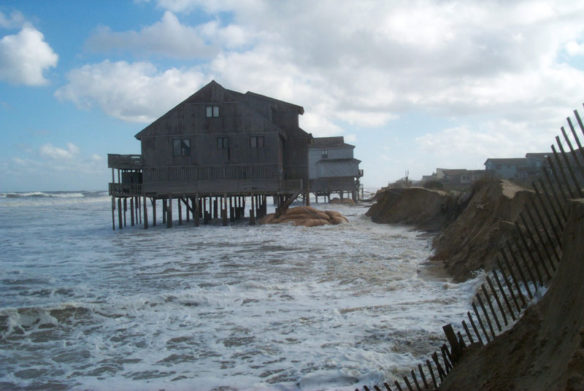
Beach re-nourishment. Photo source: © SAF — Coastal Care
“Beach nourishment projects have become commonplace along the US East and Gulf Coasts. These projects have immediate environmental impacts through burial of nearshore habitat and increased turbidity during project placement.The cumulative environmental impacts of doing this repeatedly on the same beach while conducting projects from Maine to Texas is unknown. But, we should be concerned. ” —Robert S. Young, PhD, Director, Program for the Study of Developed Shorelines, Professor, Coastal Geology, Western Carolina University
Excerpts;
Between 2004 and 2014, according to data compiled by former Sewall’s Point commissioner Jacqui Thurlow-Lippisch, some $13.6 million was spent on beach renourishment in Martin County, Florida. About $7.1 million came from local funds — your tax dollars.
In the past two years, more than $6 million from a variety of sources has been spent to renourish and restore dunes at Bathtub Beach alone…
Read Full Article, TCPalm News (11-17-2017)
Coastal geologist criticizes beach renourishment efforts; By Robert S. Young, PhD; The State (08-17-2016)
Rob Young, who heads the Program for the Study of Developed Shorelines at Western Carolina University, said the government is subsidizing coastal development with renourishment money – and that’s costing taxpayers. Communities across the country have spent millions of dollars renourishing beaches. Those efforts encourage people to rebuild after every major hurricane…
Is Beach Renourishment Worth The Money? WWAY News (02-16-2015)
Economy Winner, Environment Loser in Renourishment; Pensacola News Journal (12-02-2015)
Beach replenishment may have far reaching impacts on ecosystems;” Phys.Org (03-29-2016)
UC San Diego biologists who examined the biological impact of replenishing eroded beaches with offshore sand found that such beach replenishment efforts could have long-term negative impacts on coastal ecosystems…
Study: Sand nourishment linked to fewer marine life, Palm Beach Daily News (04-2016)
A recent study examining the impact of beach nourishment projects on marine life should provoke further research by local scientists, according to a Palm Beach Atlantic University biologist…
Beach renourishment sand could affect coral reefs off Broward; Fla.; The Sun-Sentinel (11-25-2016)
South Florida, Out of Beach, Wants to Buy Sand from the Bahamas; Slate (11-02-2017)
Replacing Miami’s beach sands costs millions. Here’s how Congress intends to make it cheaper; Miami Herald (10-24-2017)
Miami is out of sand. Last year, Miami-Dade County depleted its offshore sand reserves, meaning miles of beaches that shrink from erosion must be replenished with sand from outside South Florida…
Column: High-rises spell the end for Florida beaches; By Orrin H. Pilkey and J. Andrew G. Cooper; Tampa Bay (07-25-2017)
Floridians are becoming more attuned to sea level rise and more familiar with nuisance flooding related to the rising sea. However, we believe there is less recognition that by century’s end it is likely that most of Florida’s major beaches will be permanently gone…
East Florida’s Barrier Islands: Natural vs. Man-Made; By Dr. Charles W. Finkl (©-2014)
Florida is world famous for its white sandy beaches, yet many if not most of the beaches in southeast Florida have been renourished. That is, they are man-made beaches that are periodically replenished with sand dredged from the floor of the ocean. In spite of the fact that most beachgoers are unaware that many Florida beaches are artificial, even more people do not realize that the barrier islands along the southeast Florida shore are man-made coastal features, much larger and more imposing than the beach itself.


